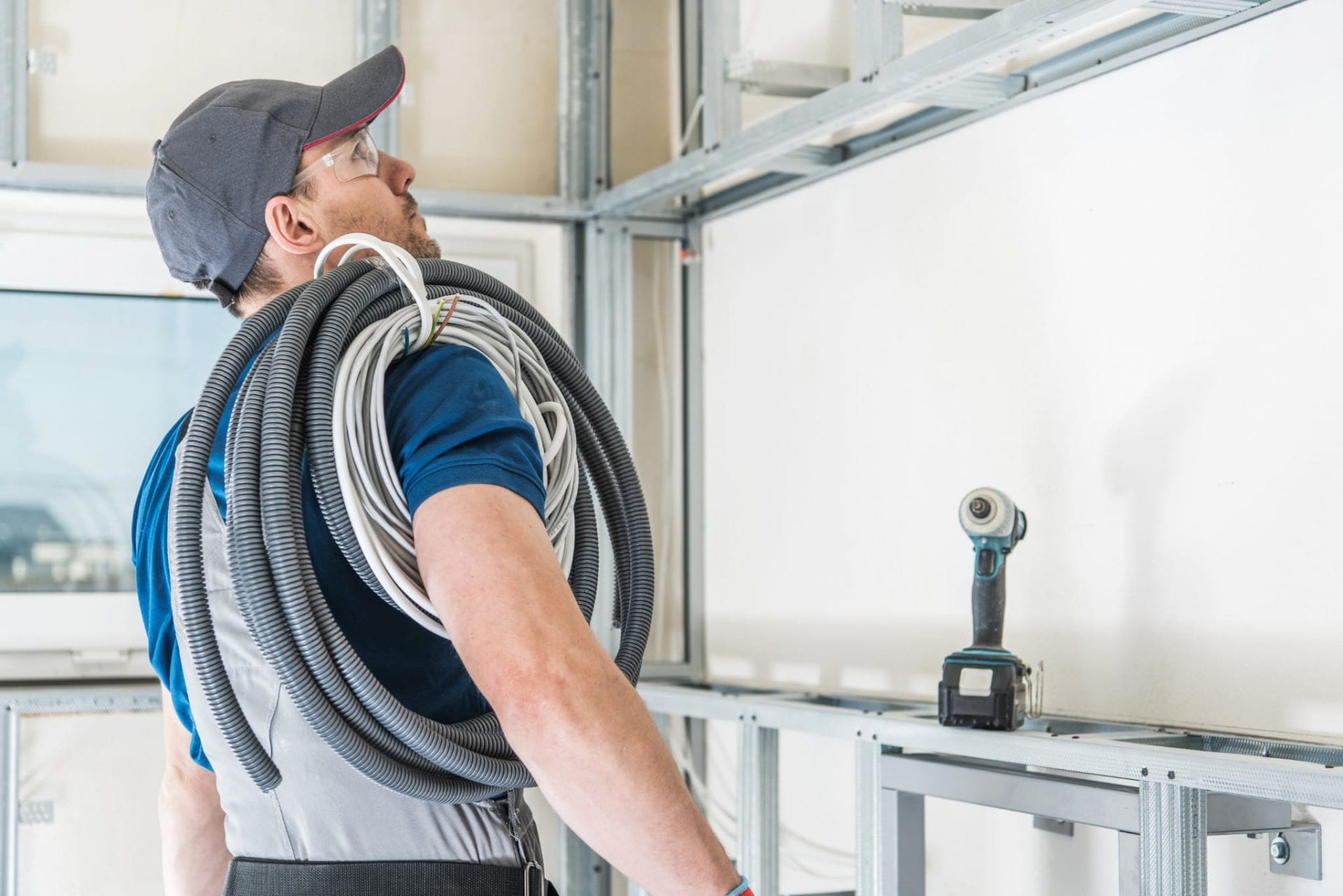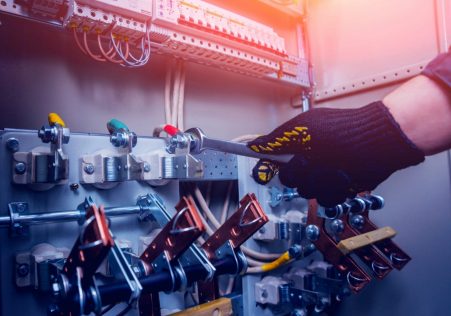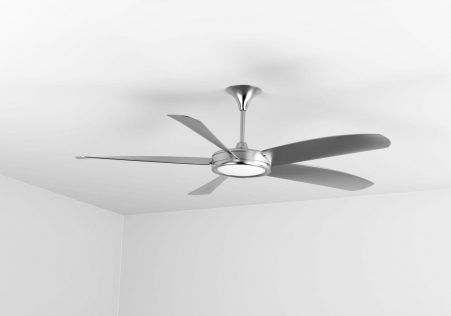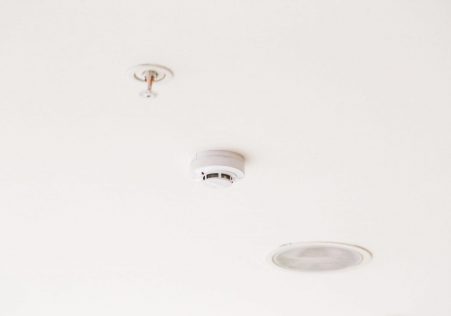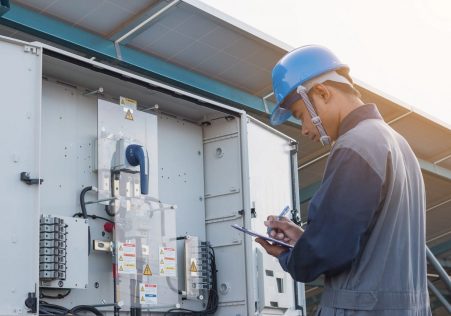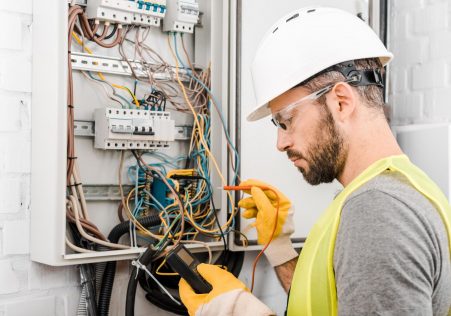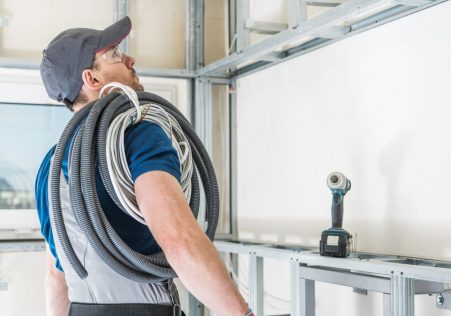How to Spot Live Wires in Your Home: What You Need to Know for Homeowners.
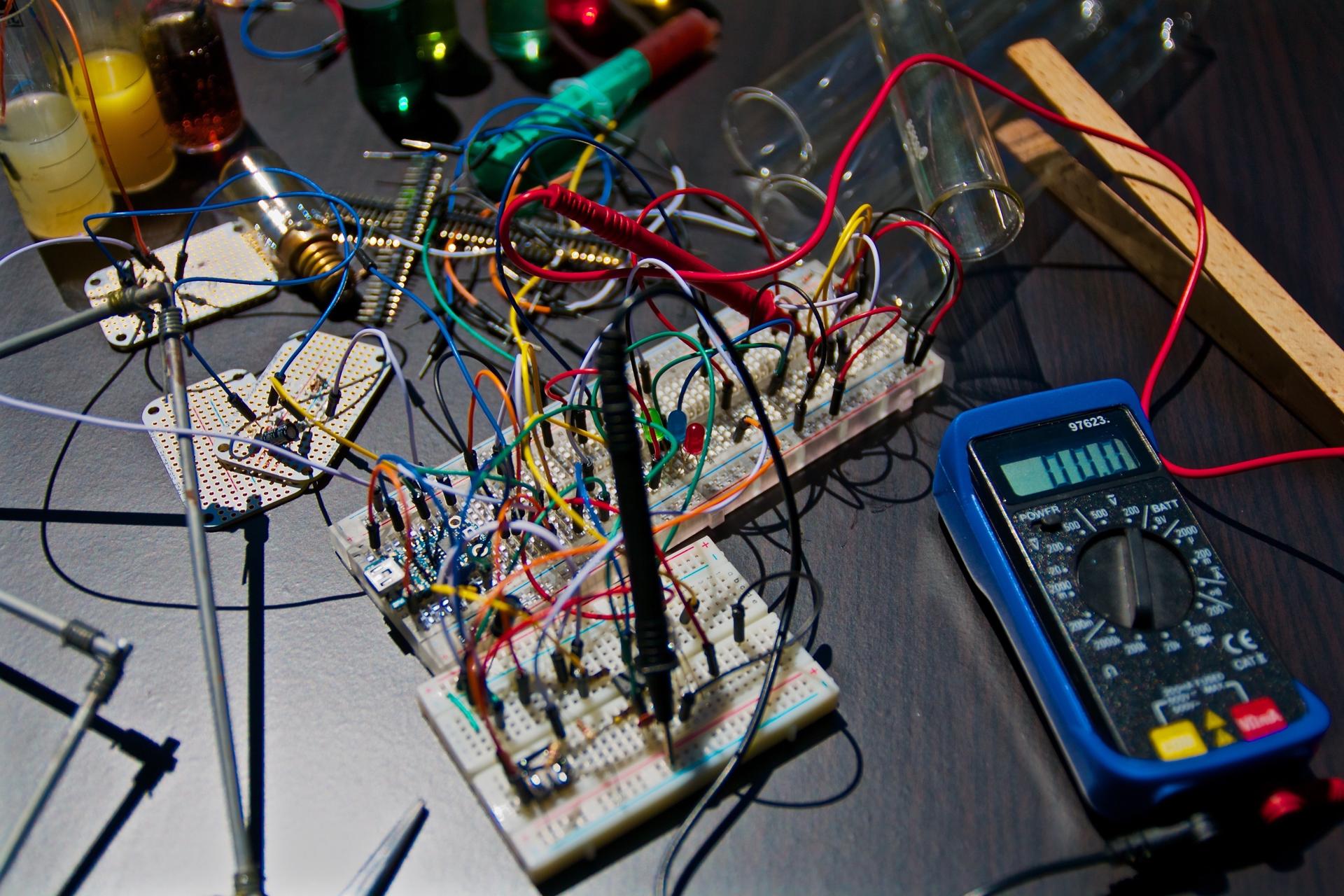
The identification of live wires is a crucial aspect when working on electrical wiring. No matter if you’re a professional electrician or an individual homeowner looking to resolve an electrical issue It is crucial to learn how to spot live wires, and take the necessary precautions to avoid dangers from incidents. In this article, we will discuss the importance of knowing how to identify live wires as well as the safety precautions to be taking while working around electrical wires.
Working with electrical wiring can be extremely dangerous, and it’s essential to understand the risks associated with it. Electrocution is a serious danger, and can cause serious injuries, or even death. It is essential to ensure that you are well-equipped and tools to operate electrical wiring safely.
Understanding the fundamentals of electrical wiring
Before we get into the details of identifying live wires, we need to be aware of the nature of them. Live wires transport electrical current, and they could be hazardous if they are not handled correctly. In an electrical circuit there are three types of wires: hot, neutral, and ground wires. The hot wires carry the current of electricity neutral wires carry the return current and ground wires offer the safest route for the flow of current.
Tips and Precautions to Identify Live Wires
Recognizing live wires requires proper equipment and safety measures. A few of the essential tools is a voltage tester that is non-contact, which can detect electrical current without making contact with the wires. It is also essential to switch off the power source to the circuit you are working on, and wear protective gear, such as the gloves you wear and protective glasses.
How to identify live wires
Below are step-by step instructions to identify live wires:
- Switch off the power source to the circuit you will be working on.
- Utilize a non-contact voltage tester to determine any live wires. The tester should be placed near the wire, and if the tester detects voltage, it will either beep or illuminate.
- Use a circuit breaker finder to determine the circuit breaker controlling the circuit. This will allow you to turn off the power supply to the circuit.
What to Do When You Discover a Live Wire
If you spot a live wire is important to shut off power to the circuit as soon as you notice it. If you’re unsure about how to do this you should get help from a professional. The power off will keep any electrical current from passing through the wires, and will decrease the chance of injury or electrocution.
Conclusion
Finding live wires is an essential aspect in working around electrical wiring. It is essential to take essential precautions, like employing the appropriate tools and shutting off the powerto avoid accident. If you’re unsure about how to identify live wires or have any queries regarding electrical wiring, don’t hesitate to contact an expert electrician such as Local Electrician St Marys at 1300 941 876. They will assist you with any electrical problems and ensure that your house is secure and in compliance with standards.

